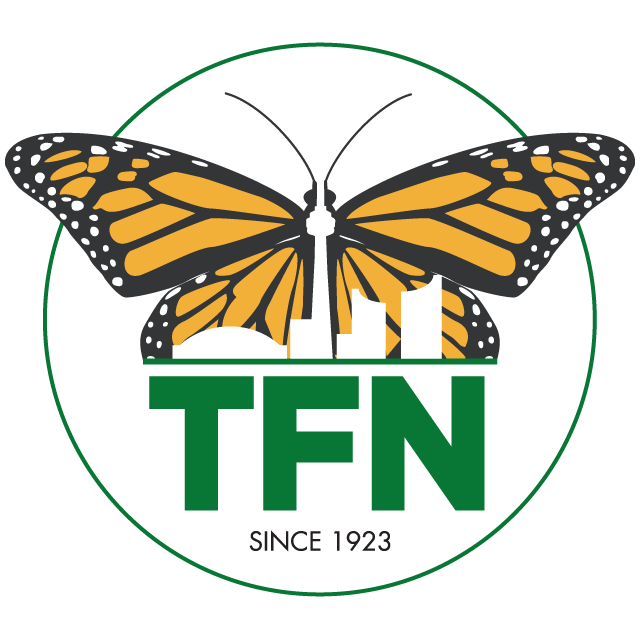Bruce Thompson describes Toronto’s lost butterfly, the Karner Blue. Its habitat preference and taste for wild lupins were causes for its demise.
Bryce Turner describes skunks and Ellen Schwartzel elaborates, contrasting them to raccoons. She talks about their self-defense and varied diet including insects, worms and slugs which also makes them susceptible to poisons.
John Carley talks about the history and significance of the Leslie Street Spit and the work of the Friends of the Spit advocacy group since 1977.
Nancy Dengler describes Chimney Swifts, their flight pattern, their dependence on chimneys as nesting spots, how to see them in Toronto, and why they are threatened.
Jason Ramsay-Brown talks about the inspiration for literary walks and our ravines as a source of inspiration for Toronto's authors and other creatives.
Nancy Dengler talks about autumn colours: why trees lose their leaves, how they know to change colour in the fall, what causes the change, and where to see the fall colours inToronto.
Bruce Thompson describes the Brown-headed Cowbird, its unusual strategy of laying its eggs in other species' nests, how it affects the host bird, and possible origins of its name.
Jason Ramsay-Brown talks about Passmore Forest: the history behind its name, what can be seen there, including the archeological artifacts of a Wendat longhouse found nearby.
Ellen Schwartzel talks about fall tree planting: why fall is a good time, benefits of native trees, and advice on planting trees at home.
Joan Lewis talks about accessibility of organized walks: the challenges of the terrain, obtaining detailed enough trail information, and improvements needed to make nature walks accessible.
Ellen Schwartzel discusses the fluctuations and downward trend of Monarch butterfly populations, reasons for their decline, remedial actions being taken, and what could be behind their recent upswing.
Jason Ramsay-Brown talks about the location and industrial history of Todmorden Mills Wildflower Preserve. In the 1990s, Charles Sauriol and others started its transformation into a rich ecosystem with volunteers still working at it.
Bruce Thompson talks about what makes Toronto’s seagulls special, how they differ from other gulls, where to see them and how they defend against predators.
Susan Grimbly talks about Cicadas: the sound they make, what they look like, where they are found and their unique life cycle and their sensitivity to climate change.
Ellen Schwartzel describes climate change effects on Black-legged Tick and Black-capped Chickadee populations, and government research into climate change impacts on various species and diseases such as Lyme's Disease.
Jason Ramsay-Brown talks about earthworms, an alien invasive species. They have negative effects on ecosystems but are generalists which have adapted well to our environment. Limiting their spread is a best practice.
Bruce Thompson describes the non-native, invasive Tree-of-Heaven: where it is found, its characteristics, and its hellish aspects.
Nancy Dengler talks about tree communication: the process they use to share nutrients and how they share info about threats.
Host Bryce Turner joins Toronto Field Naturalists president Jason Ramsay-Brown on a nature walk through High Park. Many TFN walks are open to the public and cover an array of perspectives on Toronto's nature such as High Park’s black oak savannah.
Susan Grimbly talks about pigeons: where they come from, how they have adapted to cities, and their methods to avoid predators such as hawks and peregrine falcons.








